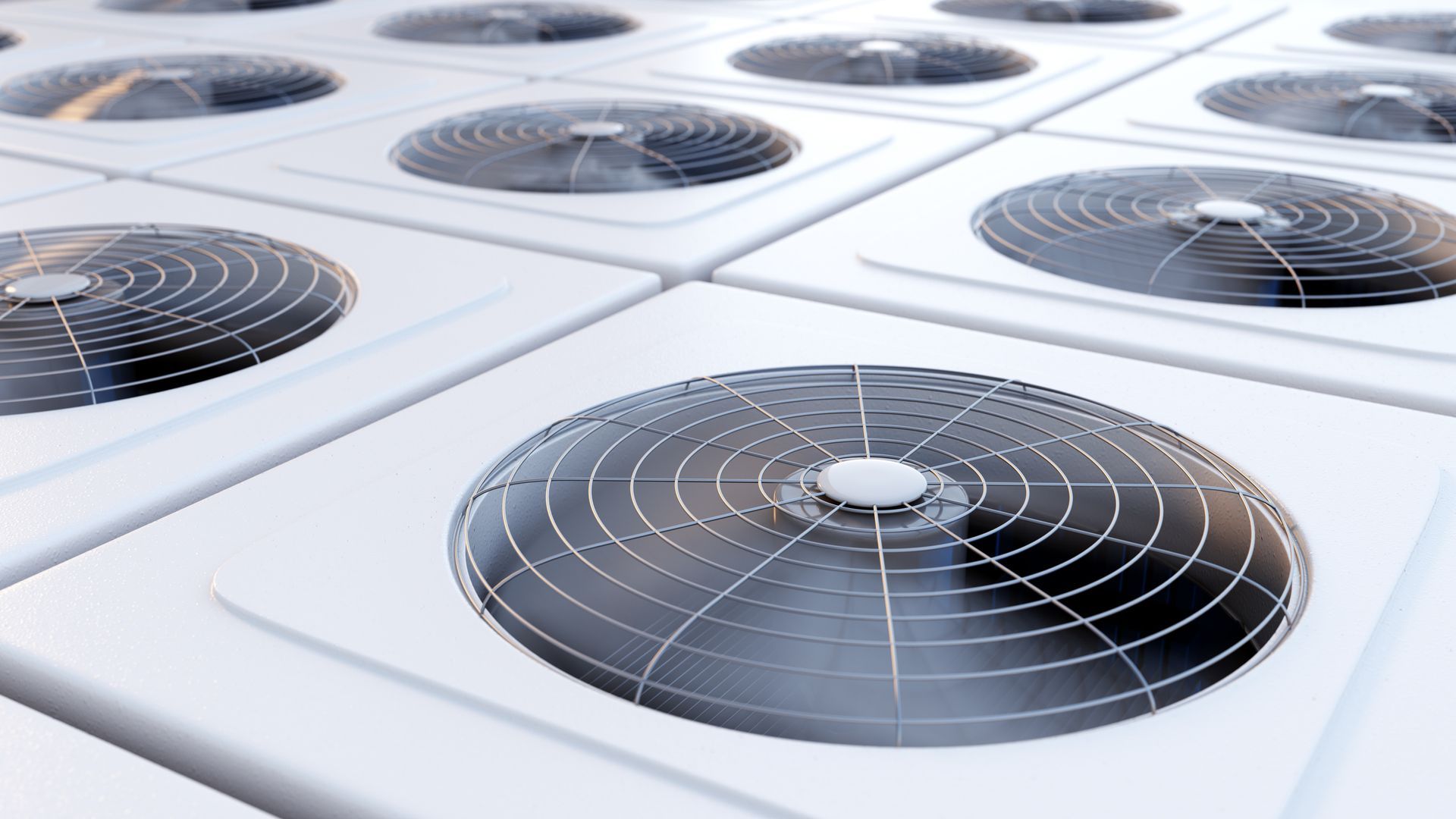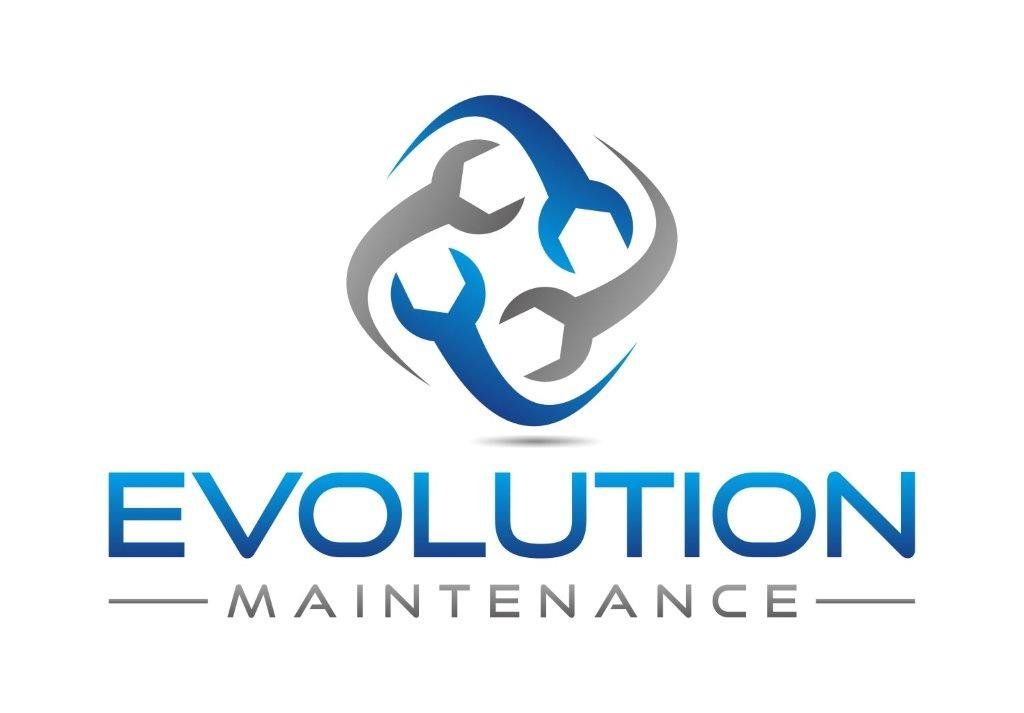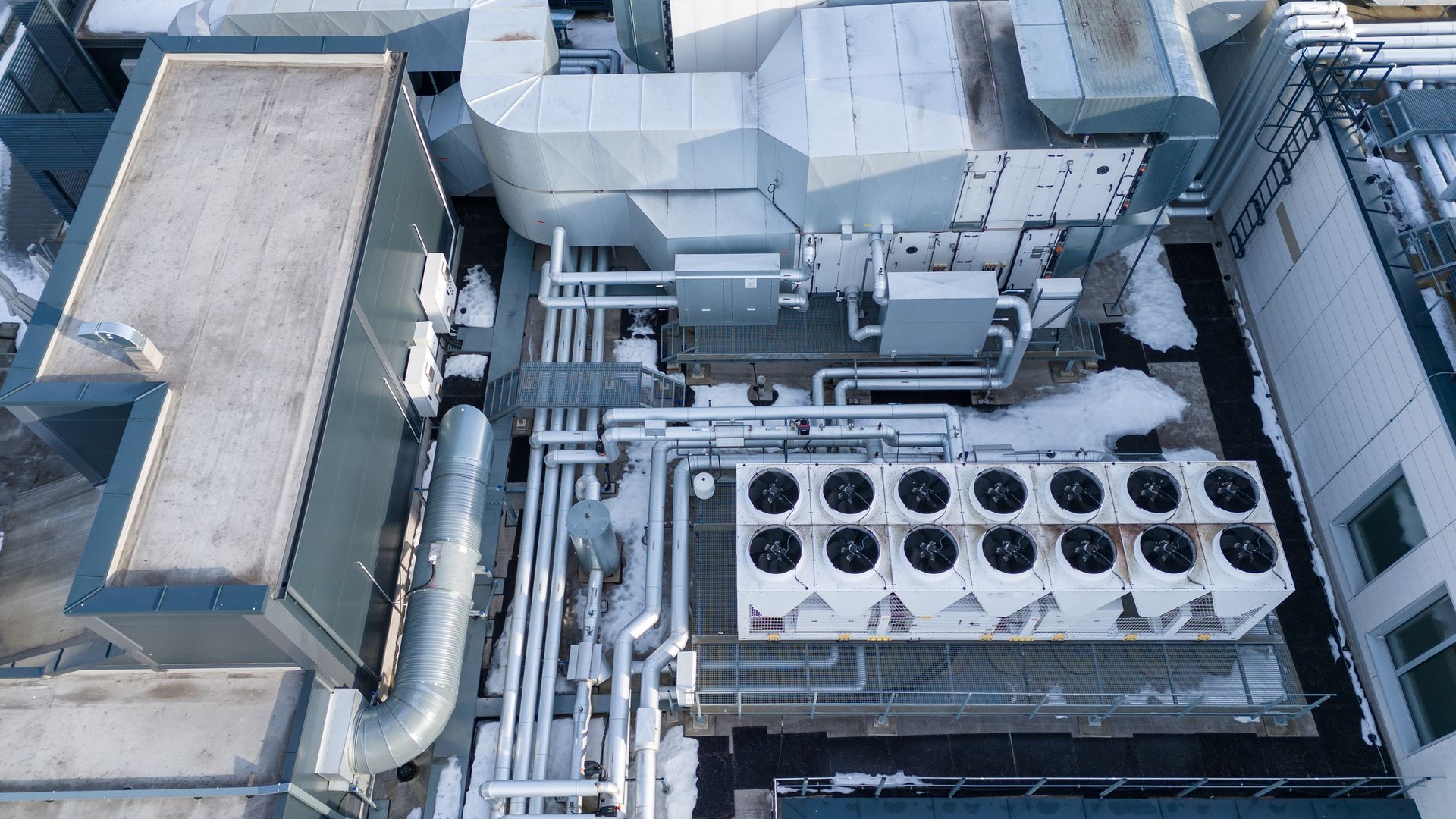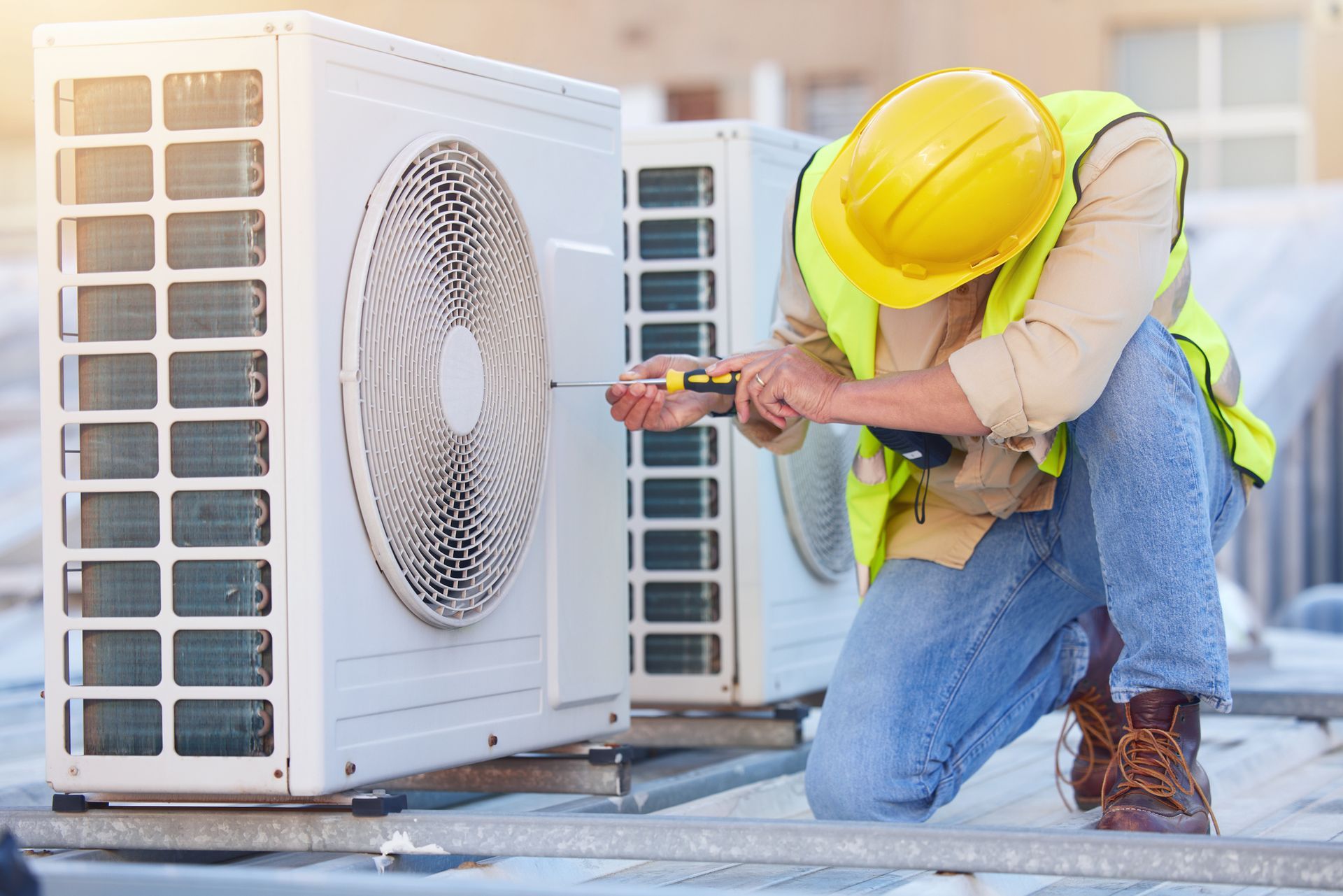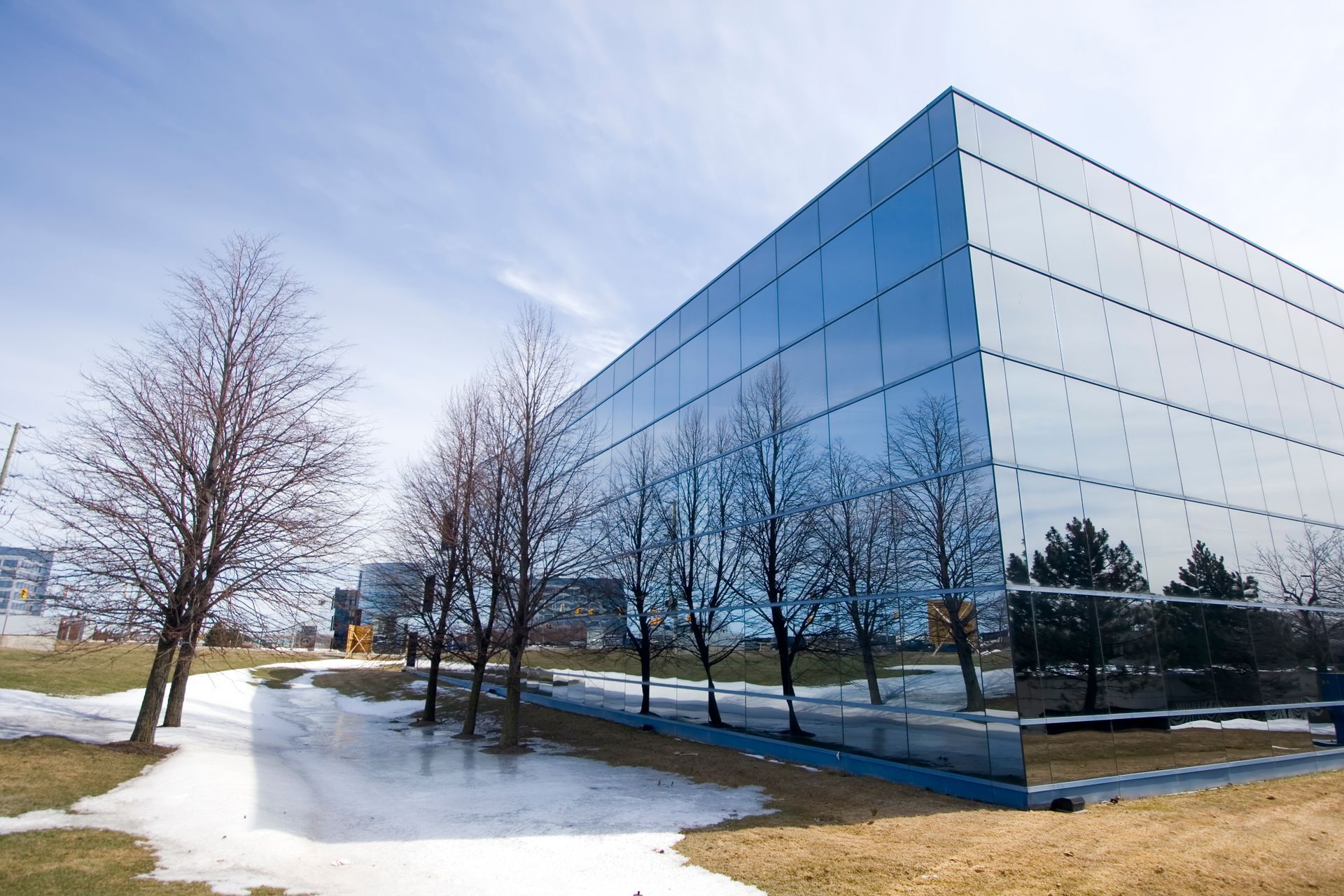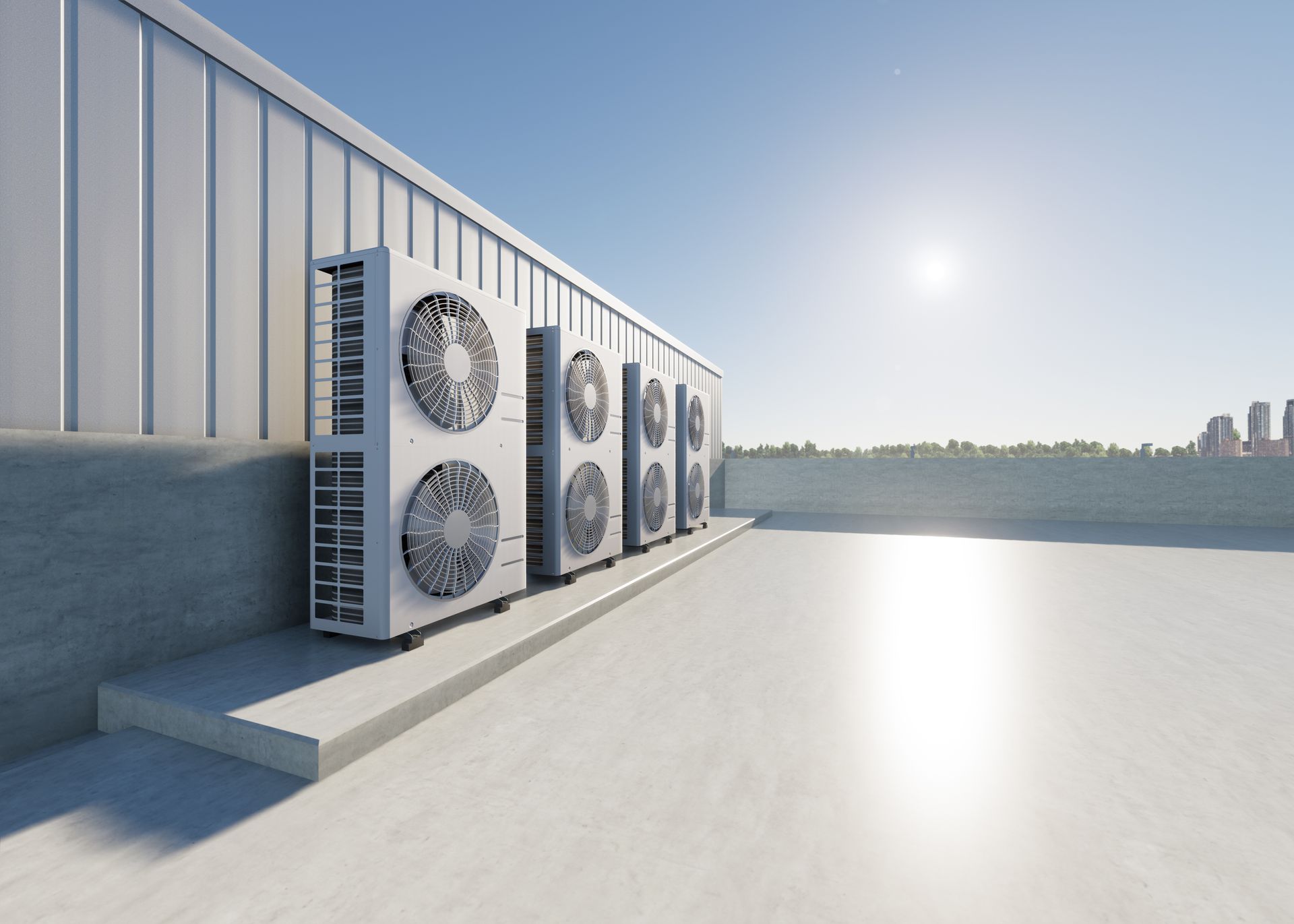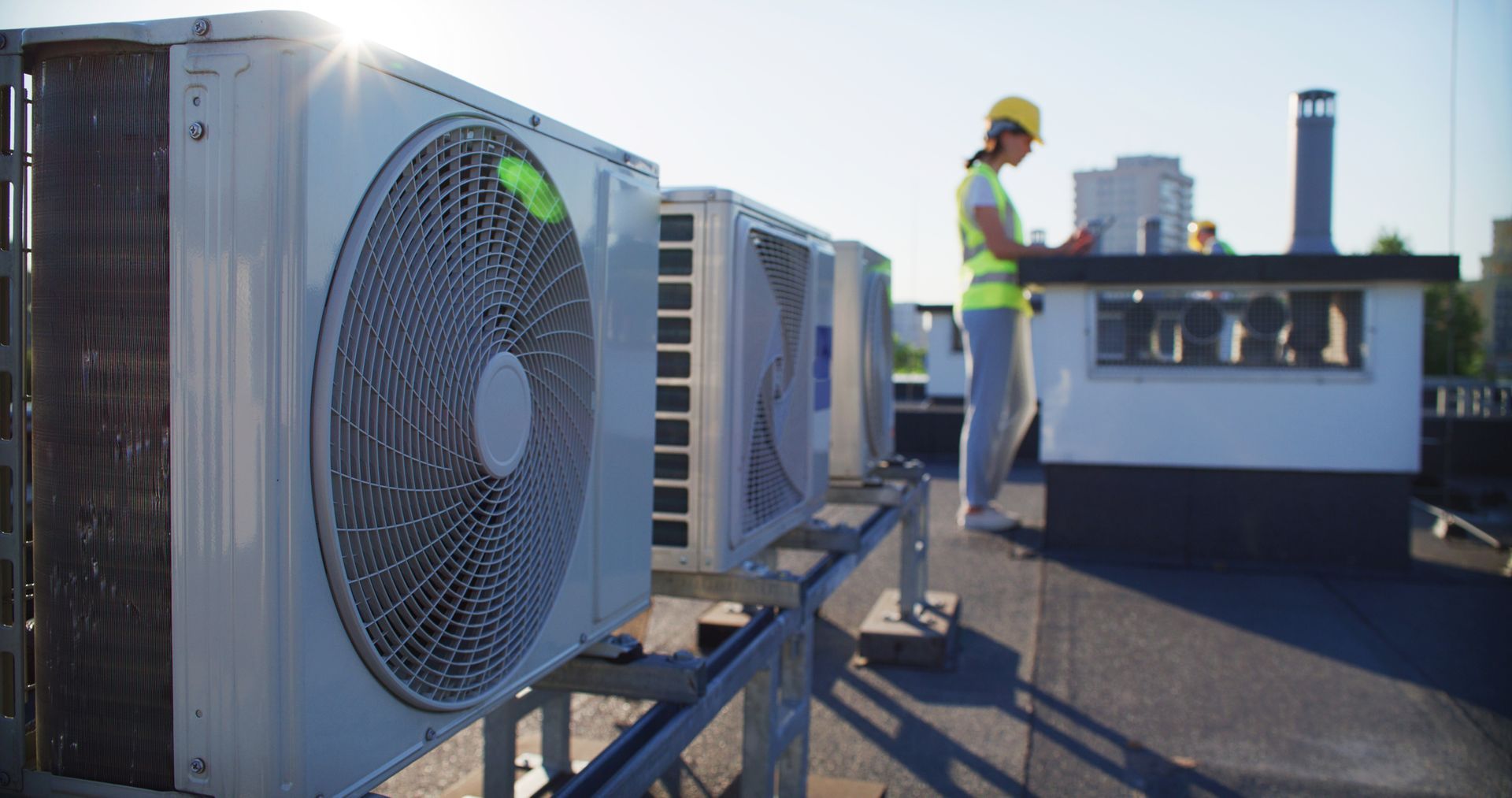Why a Commercial Walk-In Freezer Might Freeze and How You Can Avoid It
Why your commercial freezer is freezing too much
A commercial walk-in freezer is crucial for businesses in the food industry, ensuring that products remain at safe, consistent temperatures. However, when your walk-in freezer starts freezing too much, it can lead to problems like ice buildup, product damage, and higher energy bills. Understanding the causes of excessive freezing and how to fix them can help maintain your freezer's efficiency and longevity.
Common Causes of excessive freezing
1. Incorrect Thermostat Settings
The thermostat controls the temperature inside your freezer. If it's set too low, your freezer may overwork, leading to excessive freezing. Regularly check and adjust the thermostat to the recommended range, typically between -10°F and 0°F, to prevent unnecessary freezing.
2. Worn or Damaged Door Seals
The door seals (gaskets) are crucial for keeping cold air in and warm air out. If they become worn, cracked, or damaged, warm air can enter the freezer, causing the system to work harder and leading to ice buildup. Inspect and replace door seals regularly to maintain an efficient seal.
3. Malfunctioning or Dirty Evaporator Coils
The evaporator coils play a critical role in cooling your freezer. If these coils become dirty or malfunction, they can cause uneven cooling and excessive freezing. Ice buildup on the coils can reduce efficiency and lead to further freezing issues. Regular cleaning and maintenance of the coils are essential to keep the system functioning correctly.
4. Faulty Defrost System
A malfunctioning defrost system can result in ice accumulating on the evaporator coils, leading to excessive freezing. Commercial walk-in freezers typically have an automatic defrost feature, but if this system fails, it can cause significant ice buildup. Regular maintenance helps ensure the defrost system is working properly, preventing these issues.
5. Poor Air Circulation
Proper air circulation is necessary to maintain an even temperature throughout the freezer. If air vents are blocked or the freezer is overfilled, cold air can become concentrated in specific areas, causing localized excessive freezing. Keep air vents clear and avoid overcrowding the freezer to ensure proper airflow.
6. High Humidity Levels
High humidity levels can lead to excessive freezing as warm, moist air enters the freezer and turns to ice. This can occur due to frequent door openings, poor insulation, or a malfunctioning door. Managing humidity levels and limiting door openings can help prevent excessive ice formation.
HOW TO PREVENT EXCESSIVE FREEZING
1. Regular Maintenance Checks
Schedule routine maintenance for your commercial walk in freezer to inspect key components such as the thermostat, door seals, evaporator coils, and defrost system. Preventative maintenance can catch potential issues before they escalate into significant problems like excessive freezing.
2. Optimize Temperature Settings
Regularly monitor and adjust the thermostat to ensure it remains within the recommended range. If you notice any inconsistencies, consider having the thermostat calibrated or replaced to maintain consistent and optimal temperatures.
3. Keep the Freezer Organized
Avoid overloading the freezer and ensure that air can circulate freely. Keep shelves organized and leave space around air vents to promote even cooling throughout the unit.
4. Inspect and Improve Seals and Insulation
Regularly check the door seals for wear and replace them as needed. If you observe moisture or frost around the exterior of the freezer, adding extra insulation can improve efficiency and reduce the risk of excessive freezing.
5. Manage Humidity Levels
Install dehumidifiers or humidity control systems if your business operates in a high humidity environment. Minimize door openings and ensure the door closes properly to prevent warm, moist air from entering the freezer.
6. Maintain Evaporator Coils
Regularly clean the evaporator coils and check for any signs of malfunction. Properly functioning coils are essential for preventing ice buildup and ensuring your freezer operates efficiently.
Excessive freezing in a commercial walk in freezer can lead to a range of issues, from damaged products to higher energy costs. By understanding the causes, such as thermostat issues, damaged door seals, malfunctioning defrost systems, and dirty evaporator coils, you can take proactive steps to prevent these problems. Regular maintenance, proper temperature settings, and attention to details like door seals and air circulation will help keep your freezer running smoothly and efficiently, ensuring it continues to meet the needs of your business.
If you're dealing with excessive freezing in your commercial walk-in freezer or need expert maintenance to keep your equipment running smoothly, Evolution Maintenance is here to help. Our skilled technicians specialize in commercial HVAC and refrigeration services, ensuring your systems operate efficiently and reliably. Contact us today to schedule a service or consultation, and let us help you maintain the highest standards for your business.
EVOLUTION MAINTENANCE COMMERCIAL HVAC BLOG
